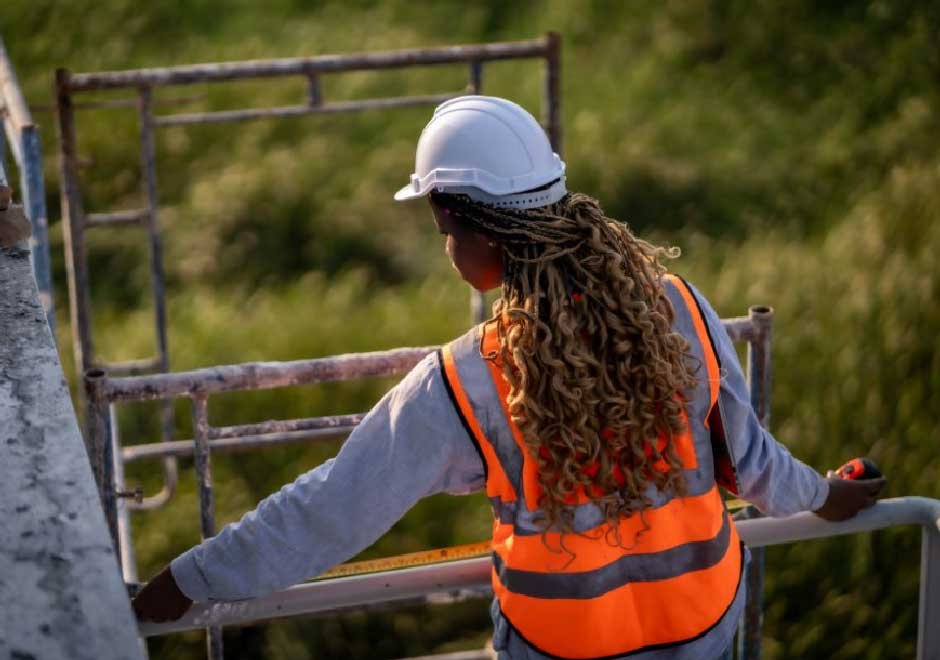Skip to the good bit
ToggleAs workplaces evolve and more roles require employees to work alone or in isolated environments, organizations must prioritize safety like never before.
Whether it’s a utility technician out in the field, a social worker visiting a client’s home, or a maintenance worker on a night shift, lone workers face unique risks that require thoughtful, tech-driven solutions.
Businesses can no longer rely on outdated safety measures. Innovative lone worker safety technologies are changing the landscape—improving response times, preventing incidents, and giving peace of mind to both employers and employees.
The Hidden Risks of Working Alone
Working alone doesn’t just mean being physically isolated—it also means being vulnerable. Lone workers often lack immediate access to help in the event of an accident, medical emergency, or threatening situation. And when help is minutes—or even hours—away, every second counts.
Industries like construction, energy, real estate, and healthcare frequently place individuals in unpredictable environments. A home healthcare nurse might encounter a volatile patient. A property manager could walk into an abandoned building without knowing who’s inside. Without the right systems in place, even routine tasks can turn into dangerous situations.
That’s why many jurisdictions now mandate formal safety protocols for lone workers. But meeting these requirements isn’t just about checking a box—it’s about building a safety net that truly protects people.
How Technology is Revolutionizing Lone Worker Protection
The safety game has changed. What once relied on periodic check-ins or manual phone calls is now powered by real-time tracking, intelligent alerts, and seamless communication tools. Leading safety platforms are leveraging wearables, mobile apps, and cloud-based dashboards to provide continuous visibility into employee status and location.
Modern lone worker safety solutions often include:
GPS tracking provides real-time visibility into a worker’s location, ensuring help can be sent quickly if needed.
Fall detection uses built-in sensors to automatically alert supervisors when a fall or sudden movement occurs.
Panic buttons give workers immediate access to emergency assistance at the press of a button.
Scheduled check-ins help monitor a worker’s status and trigger alerts if a check-in is missed.
Two-way voice communication allows direct contact between the worker and safety teams for real-time support.
Some solutions even go a step further, using geofencing to alert managers when workers enter high-risk zones, or AI to predict and prevent potential incidents before they happen.
These tools don’t just respond to emergencies—they proactively reduce risk. And more importantly, they empower employees, helping them feel safer and more confident in their roles.
What to Look for in a Lone Worker Safety Partner
With so many options available, choosing the right safety solution is a strategic decision. The ideal platform should be scalable, user-friendly, and tailored to your industry’s specific safety needs and compliance requirements.
For Canadian businesses seeking a trusted partner, Neovigie Canada stands out as a top-tier choice. Their platform offers comprehensive lone worker safety features—including real-time alerting, easy-to-use mobile integration, and centralized monitoring—designed to meet Canadian safety standards. What sets them apart is not just the technology, but their commitment to customer support and ongoing system optimization.
When evaluating a provider, look for one that offers robust onboarding, responsive customer service, and the ability to adapt to your company’s growth and evolving needs. The goal isn’t just to deploy a safety app—it’s to build a safety culture supported by technology.
Creating a Culture Where Safety Comes First
Technology is only as effective as the culture it supports. Organizations must lead from the top when it comes to prioritizing safety—especially for employees working alone. That means integrating safety into every level of operations, from leadership training to day-to-day routines.
Employees need to be trained on using new safety tools effectively, understand the protocols for emergencies, and feel empowered to report hazards or suggest improvements. Regular drills, feedback loops, and safety audits go a long way in reinforcing these practices.
Ultimately, investing in lone worker safety sends a powerful message: your people matter. It fosters trust, improves morale, and contributes to a resilient workforce. And in a world where reputations are built on how companies treat their employees, that kind of commitment pays dividends far beyond compliance.
Conclusion
Lone worker safety isn’t a niche concern—it’s a fundamental responsibility for any modern business. With the right technology, the right partner, and the right mindset, organizations can protect their most valuable asset: their people.
Whether through intuitive mobile tools or trusted providers like Neovigie Canada, the path to a safer workplace is clear—and it starts with action.







